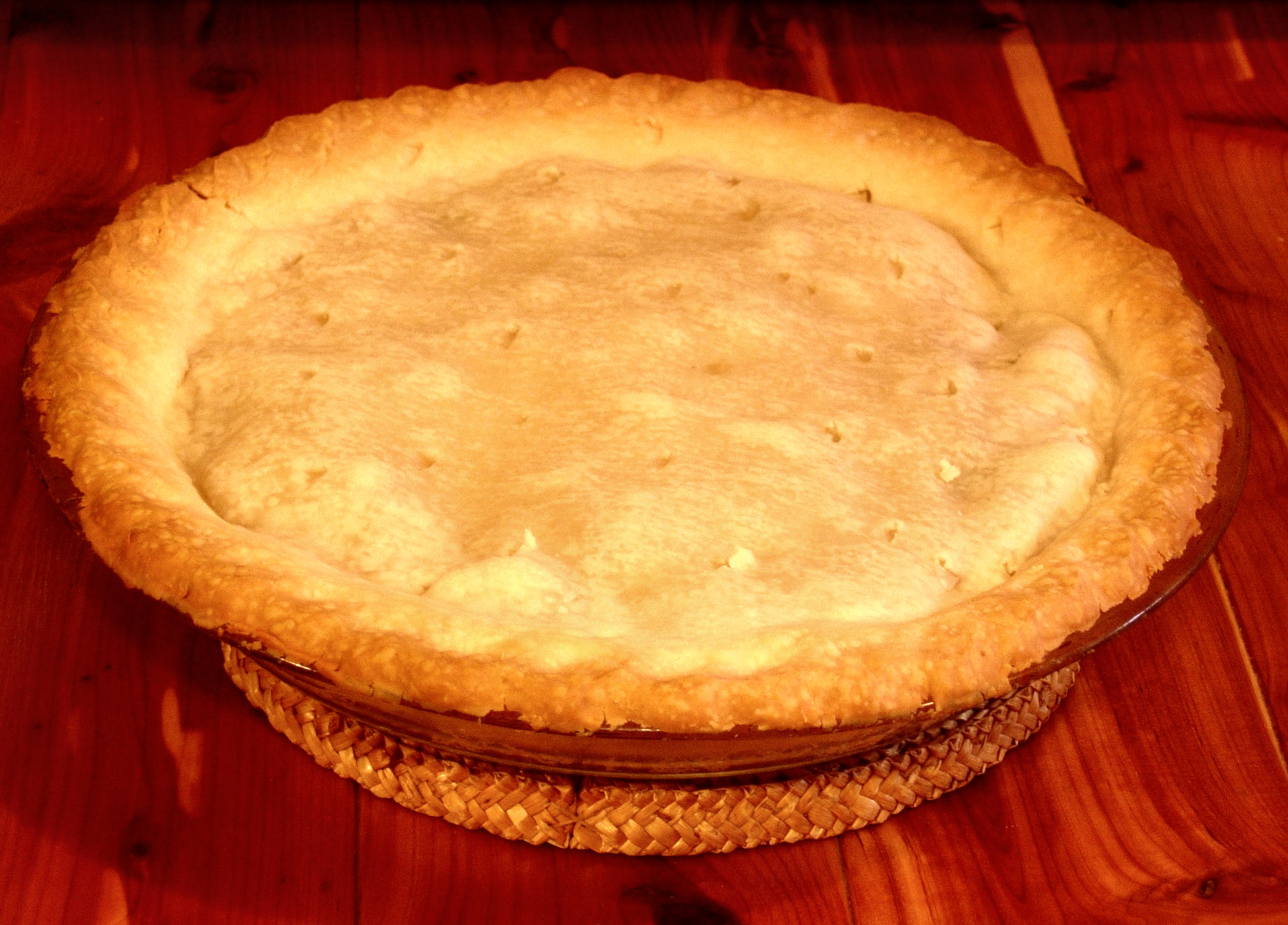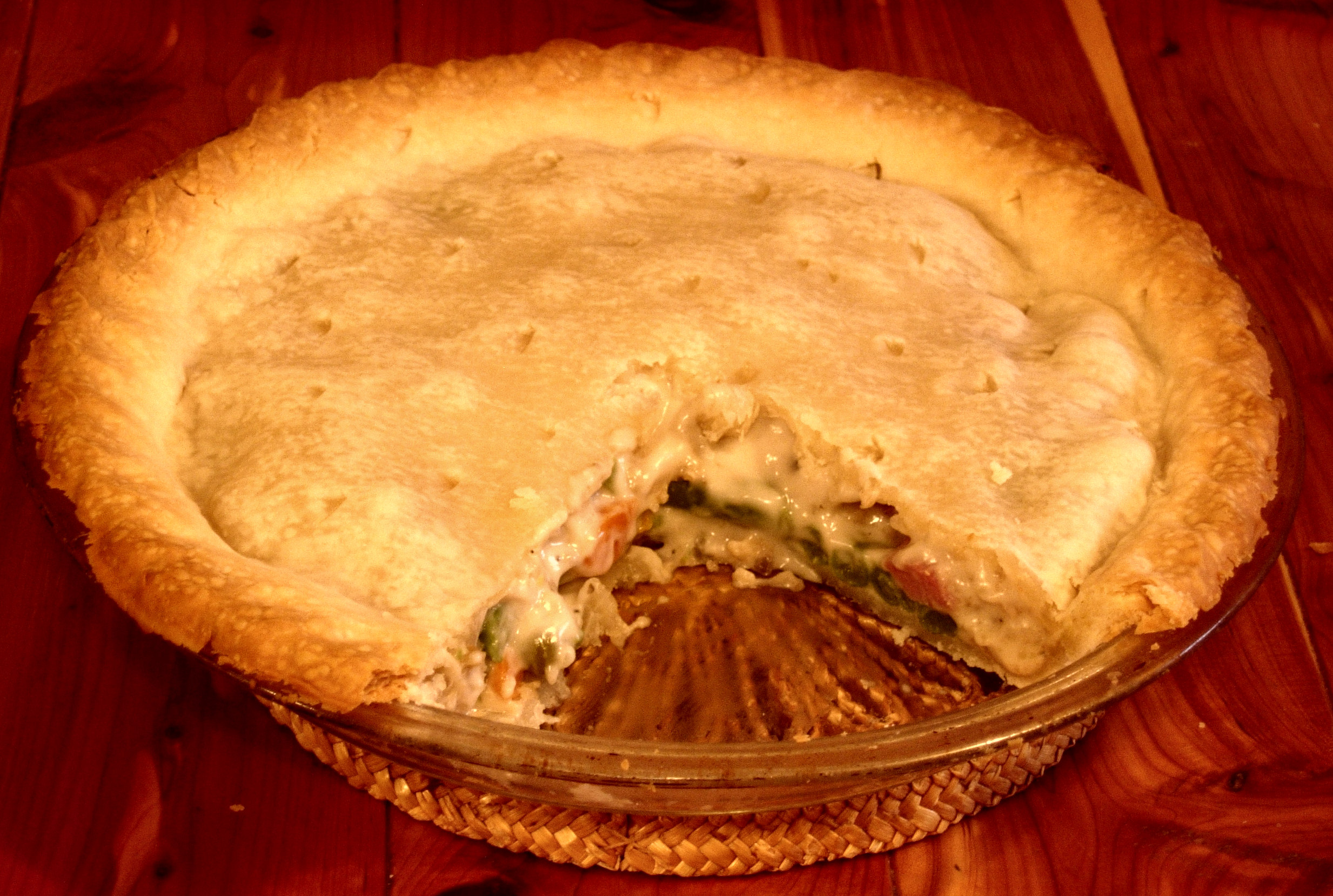


![]() Children growing up today ~ in fact children growing up through the last fifty years ~ have probably heard that children's rhyme and thought it was just silliness. Everyone knows that you don't bake birds, of any sort, whether blackbirds or ostriches, in pies. Pies contain apples or peaches or cherries or blueberries. Sometimes, if you're lucky and have a mommy who really loves you, you'll get a pie containing chocolate pudding with whipped meringue on top.
Children growing up today ~ in fact children growing up through the last fifty years ~ have probably heard that children's rhyme and thought it was just silliness. Everyone knows that you don't bake birds, of any sort, whether blackbirds or ostriches, in pies. Pies contain apples or peaches or cherries or blueberries. Sometimes, if you're lucky and have a mommy who really loves you, you'll get a pie containing chocolate pudding with whipped meringue on top.
![]() So why would a children's nursery rhyme speak about two dozen blackbirds (specifically, Turdus merula) being baked into a pie?
So why would a children's nursery rhyme speak about two dozen blackbirds (specifically, Turdus merula) being baked into a pie?
![]() The nursery rhyme Sing A Song Of Sixpence was composed around the time of the Tudor monarchy in England. That was around the time that Henry the Eighth was king; and for those who don't know much about English history, that was during the 1500s. It has been claimed that the rhyme was a parody of the marriage of King Henry VIII and Anne Boleyn, his second wife.
The nursery rhyme Sing A Song Of Sixpence was composed around the time of the Tudor monarchy in England. That was around the time that Henry the Eighth was king; and for those who don't know much about English history, that was during the 1500s. It has been claimed that the rhyme was a parody of the marriage of King Henry VIII and Anne Boleyn, his second wife.
![]() Sing a song of sixpence a pocket full of rye,
Sing a song of sixpence a pocket full of rye,
Four and twenty blackbirds baked in a pie.
When the pie is opened the birds began to sing,
Oh wasn't that a dainty dish to set before the King?
The King was in his counting house counting out his money,
The Queen was in the parlour eating bread and honey.
The maid was in the garden hanging up the clothes,
When down came a blackbird and pecked off her nose!
![]() But to get back to pie... In the ancient world, the Greeks came up with the idea of the pastry shell, created by simply mixing water and flour. I'm not sure what they put into those pastry shells, or if they covered them with another layer of pastry. The first baked pies are known from the Roman world. Their ingredients included various types of meats and even seafood, but they also made a type of cheesecake for the dessert course. Pies spread throughout Europe, and it was found, during the Medieval and Renaissance periods, that pie ingredients remained fresh for a longer time than the ingredients themselves. The pie crust effectively functioned as a container that kept the air out and the freshness in. During the Medieval Age, pyes were most often comprised of beef, lamb, fowl, such as chicken or duck, and sometimes pigeon. So the baking of a blackbird in a pie really would not have been too unusual ~ with the exception that there would not have been much actual meat on the bones. (Maybe that's why so many were needed for one pie!)
But to get back to pie... In the ancient world, the Greeks came up with the idea of the pastry shell, created by simply mixing water and flour. I'm not sure what they put into those pastry shells, or if they covered them with another layer of pastry. The first baked pies are known from the Roman world. Their ingredients included various types of meats and even seafood, but they also made a type of cheesecake for the dessert course. Pies spread throughout Europe, and it was found, during the Medieval and Renaissance periods, that pie ingredients remained fresh for a longer time than the ingredients themselves. The pie crust effectively functioned as a container that kept the air out and the freshness in. During the Medieval Age, pyes were most often comprised of beef, lamb, fowl, such as chicken or duck, and sometimes pigeon. So the baking of a blackbird in a pie really would not have been too unusual ~ with the exception that there would not have been much actual meat on the bones. (Maybe that's why so many were needed for one pie!)
![]() In more recent decades, the pie made of mince meat (usually at Christmas-time) and the beef, chicken and turkey pies marketed as frozen food items are the only types of pies containing something other than fruit, preserves or pudding.
In more recent decades, the pie made of mince meat (usually at Christmas-time) and the beef, chicken and turkey pies marketed as frozen food items are the only types of pies containing something other than fruit, preserves or pudding.

![]() So when, after Easter, I had some green bean casserole left over, I decided to bake it into a pie. I placed a pastry crust in the glass baking dish, filled it with the left-over green bean casserole, to which I added some extra mixed vegetables, cream of mushroom soup, and diced ham, and then placed another pastry crust over top. I baked it in my oven; and after twenty-five minutes I ate the delicious pie while visions of four and twenty blackbirds floated in my head.
So when, after Easter, I had some green bean casserole left over, I decided to bake it into a pie. I placed a pastry crust in the glass baking dish, filled it with the left-over green bean casserole, to which I added some extra mixed vegetables, cream of mushroom soup, and diced ham, and then placed another pastry crust over top. I baked it in my oven; and after twenty-five minutes I ate the delicious pie while visions of four and twenty blackbirds floated in my head.
